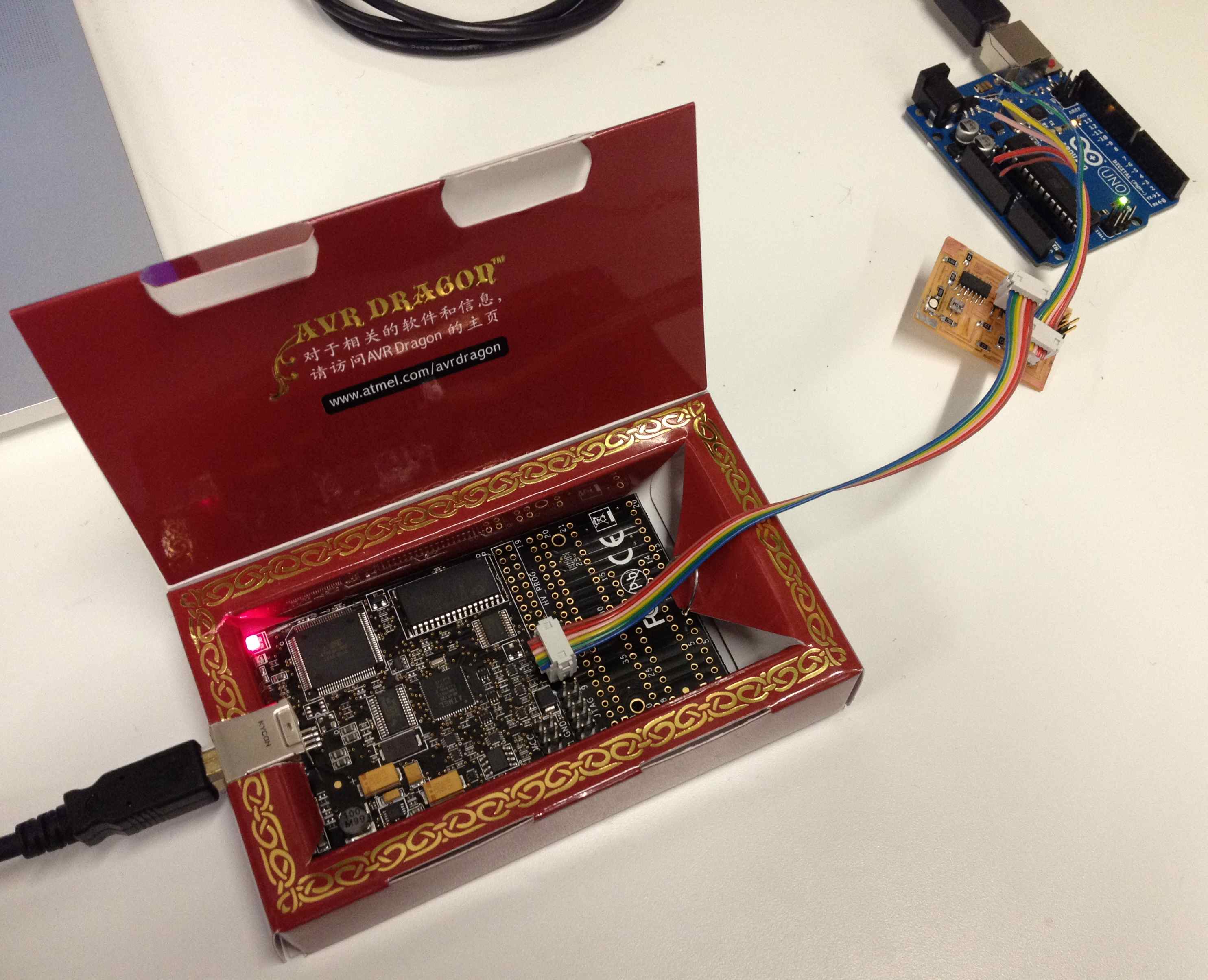

- Using atmel dragon arduino programmers.txt how to#
- Using atmel dragon arduino programmers.txt install#
- Using atmel dragon arduino programmers.txt serial#
- Using atmel dragon arduino programmers.txt code#
Using atmel dragon arduino programmers.txt install#
Install cores and libraries from the web is also supported. #USING ATMEL DRAGON ARDUINO IDE INSTALL#įor assistance or to make suggestions, please use the free forum at To install Arduino IDE for Atmel Studio 7, download this package and open it in IDE. Supported Products: Atmel Studio 7.0 OwnersĪrduino IDE for. Setting up the Arduino IDE to program a standalone ATmega328P microcontroller.1911.17.An Arduino can be used to flash a standalone ATmega328P microcontroller without the Arduino bootloader. Preparing the Arduino Uno to work as an in-system programmer. Programming an ATmega328P with a blinking LED program. The ATmega328P is the microcontroller that powers the Arduino Uno development board.
Using atmel dragon arduino programmers.txt serial#
The Arduino board makes it easy to interface with the pins on the ATmega328P while adding extra features that don’t come with the standalone microcontroller, including a USB serial interface and 16 MHz clock. Prototyping is a great use for an Arduino board as it allows for quick and easy iterations of a design, but for completed projects it can often be overkill depending on the features used. An official Arduino Uno costs over $20 (although clones can be found on eBay for $10 or less) while a standalone ATmega328P costs about $2. So once you have completed prototyping a project with the Arduino, you can transition the project to using a standalone ATmega328P instead. The first problem that may become obvious though is that you can’t connect the ATmega328P directly to your computer to upload programs to it. Luckily, if you have an Arduino, you already have what you need since the Arduino itself can be used as a programmer for the ATmega328P (and many other AVR microcontrollers).
Using atmel dragon arduino programmers.txt how to#
This article shows how to program a standalone ATmega328P using an Arduino and the Arduino IDE.
Using atmel dragon arduino programmers.txt code#
To flash an ATmega328P chip with an Arduino you only need a few simple components that you likely already have if you use an Arduino including:įor this example I’ll be flashing the ATmega328P with a simple blinking LED program so I also need the following components: We will also be using straight C code without any of the built in functions the Arduino IDE provides. 2 x 560 ohm resistor (or any resistor above 200 ohms)įor this project we will setup the standalone ATmega328P on a breadboard with two LEDs connected to seperate pins that will flash back and forth at changing speeds. The two LEDs will be connected to pin numbers 14 and 15 on the ATmega328P, which correspond to pins PB0 and PB1. Since we are using straight C code for the program, this means we only have to concern ourselves with PORTB for controlling the pins. Place the ATmega328P in the middle of the breadboard with the rows of pins straddling the centerline as shown below.Ĭonnect pin 7 (VCC) to the power rail and pin 7 (GND) to the ground rail. These serve as the power and ground to the ATmega328P. Finally connect the LEDs to pins 14 (PB0) and 15 (PB1) as shown and use a resistor to connect them to the ground rails.

To write the code, we will use the Arduino IDE. Open up the Arduino IDE and create a new sketch. Delete all the pre-populated code in it since when using C directly to program the ATmega328P we do not need the setup() and loop() routines that the Arduino IDE automatically provides. To get the LEDs to blink, we will use the following code. Put this code in the blank sketch and save it as “doubleLED_blink”. #USING ATMEL DRAGON ARDUINO IDE SERIAL#.#USING ATMEL DRAGON ARDUINO IDE INSTALL#.



 0 kommentar(er)
0 kommentar(er)
